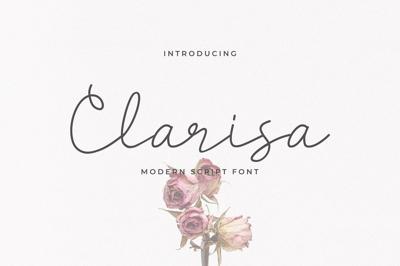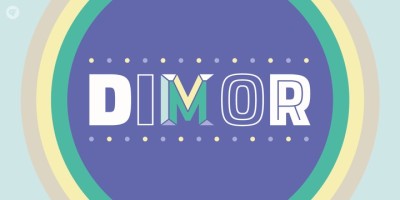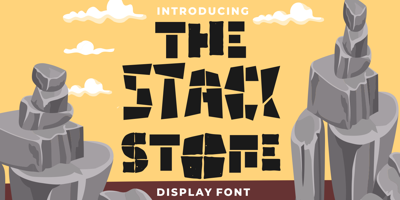The Hidden Traps of Free Fonts: Licensing Issues and How to Avoid Them
The Hidden Traps of Free Fonts: Licensing Issues and How to Avoid Them
Introduction
Free fonts can feel like a designer’s dream come true — endless creativity, zero cost. But behind those beautiful curves and elegant serifs lies a silent risk that many overlook: licensing. While countless websites offer free fonts for download, not all of them are actually free to use in the way you might expect. That “free” font you just used on a client’s logo? It might cost you — big time.
In this article, we’ll unpack the most common font licensing pitfalls, how to read between the lines of font licenses, and how to protect yourself and your projects from legal headaches. Whether you're a beginner designer or a seasoned creative, this guide is your font safety net.
Understanding Font Licensing Basics
Before we dive into the traps, let's break down the common types of font licenses:
-
Free for Personal Use: You can use it in non-commercial projects like school assignments, personal blogs, or portfolios.
-
Free for Commercial Use: You can use it in business-related projects — logos, client work, websites, marketing materials, etc.
-
Donationware: It’s free, but the designer expects a donation, especially for commercial use.
-
Demo Versions: Limited in character set or usage rights. You’ll need to purchase the full version for full use.
-
Creative Commons Licenses (e.g., CC BY, CC0): These vary in terms of attribution and usage rights. Always read the terms.
-
Custom Licenses: Some fonts come with unique terms defined by the designer or foundry. These can be unpredictable.
Lesson #1: "Free" does not automatically mean "commercially safe."
The Most Common Font Licensing Traps
Trap #1: Assuming All Fonts on a “Free Font Site” Are Free for Commercial Use
Sites like DaFont or FreeForFonts.com host fonts uploaded by individual designers. Not all are licensed the same way. Just because it’s hosted on a free site doesn’t mean you can use it in a business logo or paid ad.
Trap #2: Overlooking the Readme File
Most font downloads come with a license or “readme.txt” file. Skipping this is like signing a contract without reading the fine print. That file often contains the actual usage rights.
Trap #3: Fonts Used in Logos or Products
Fonts embedded into logos or products for resale (like T-shirts or merchandise) often require extended licenses. Using a personal-use font on merchandise can lead to legal action.
Trap #4: Modifying Fonts Without Permission
Altering a font file — whether you stretch it, cut parts, or create a derivative — may violate its license. Some licenses explicitly forbid modifications.
How to Verify a Font's License Like a Pro
Here’s how you can safely vet a font before using it in any project:
Step 1: Check the Font Description on the Website
Sites like FreeForFonts.com or FontSquirrel often display license types on the download page. Look for tags like “100% Free” or “Commercial Use Allowed.”
Step 2: Read the Readme or License File Inside the Zip
If it’s not clear on the website, always open the zipped font folder and check for .txt or .pdf files explaining usage.
Step 3: Visit the Creator’s Profile or Website
Sometimes, font creators explain their licensing terms in more detail on their personal sites or portfolios. If in doubt, reach out.
Step 4: Use Trusted Font Repositories
Some sites like Font Squirrel hand-pick fonts that are guaranteed free for commercial use. Google Fonts also provides fully open-source fonts.
What Happens If You Break the Rules?
Let’s be blunt: licensing violations can lead to…
-
Cease and desist letters
-
Hefty fines
-
Takedown notices on your website or product
-
Loss of client trust
Many font creators monitor commercial use of their typefaces, and licensing enforcement is rising — especially with AI-powered tools detecting usage across the web.
Smart Ways to Stay Safe with Fonts
Here’s how you can stay creative and legally covered:
-
Keep a license log: Create a folder where you store license files and font details for every project.
-
Use font managers: Apps like FontBase or RightFont can help you tag and organize fonts by license type.
-
When in doubt, buy the license: If a font’s licensing is unclear but you love it, support the creator and purchase the commercial license. It’s a small price to pay for peace of mind.
-
Create a "safe fonts" folder: Fill it with fonts you’ve verified as free for commercial use. Rely on it for client projects.
Design responsibly — your future self (and your lawyer) will thank you.
Final Thoughts: Fonts Should Inspire, Not Intimidate
Fonts are supposed to fuel your creativity, not cause anxiety. But with great design power comes the responsibility of understanding where your tools come from and how they’re meant to be used.
Platforms like FreeForFonts.com offer incredible resources, but it's on us as designers to read the fine print, ask questions, and make ethical choices. Because in the end, respecting a type designer’s license is also respecting their craft.
So go ahead — explore, create, and build bold, beautiful work. Just do it with clarity, caution, and class.
Your designs speak volumes. Make sure your font choices do too — legally and ethically.




